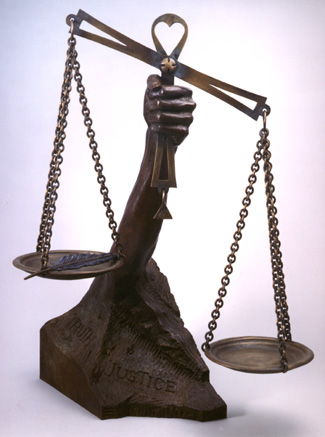Last week the National Endowment for the Arts released three new commissioned reports, including Arts Education in America: What The Declines Mean for Arts Participation, by Nick Rabkin and E.C. Hedberg.
There’s a very good write-up on the report in Education Week, click here to read Arts Education Sees Declines, Especially for Minorities, Report Suggests, by Erik Robelen.
The analysis includes a slightly broader pool of adults surveyed in
breaking down the results by race and ethnicity, including those ages 18
to 24. Here, the data are most stark. Just 26 percent of
African-Americans surveyed in 2008 reported receiving any arts education
in childhood, a huge drop from the 51 percent who reported as much in
1982.
While there are few who can rightfully say they are shocked, since other reports such as the 2009 GAO’s Access to Arts Education, the 2007 CEP’s Choices, Changes, and Challenges, and still others, confirm the findings, this is the first we’ve seen to look at the NEA data across various points in time since 1982.
It’s a sobering read, that once again tells us that the real heart of the battle for access to a quality arts education is an equity issue for children of color.
And think about this: the data is up to 2008, when the Great Recession began, and included truly significant periods of funding increases to public education. If access to a quality arts education for children of color declined during such growth, what can we expect today and tomorrow?





While the report is interesting the claims are very broad. Arts Education is not defined (in school, out of school, length of time, type of instruction). Nor was this really set up to measure arts education at all.
Data on a study about attendance at arts events should not be represented as a study on arts education. It’s not. And contrary to the broad claims that have been made about the “decline” and “systematic cuts” there is no significant evidence to support these claims and actually more evidence to the contrary. There is certainly more dance and theatre in schools. And music and visual arts education, in states where data is reported, engages nearly all of our elementary students. More diverse offerings are available at the secondary level. It is here, where choice and schedule enter the equation, where we see a decline. But the decline is not in access… it is in participation. Before most students get to secondary school they have music and art (again, in states reporting data).
While there are notable exceptions (California and of course your challenges in NYC) and we are in the midst of the annual “If you don’t approve our budget we will kill your arts programs” the existing data points to more school children with access to arts education… not less (unless your child is in a charter school).
Access to music and visual arts in our schools is the NORM. Schools without these programs are the exception… not the other way around as recent comments by national leaders would have us believe.
This, in my opinion, does not serve the field at all.
Debate away!